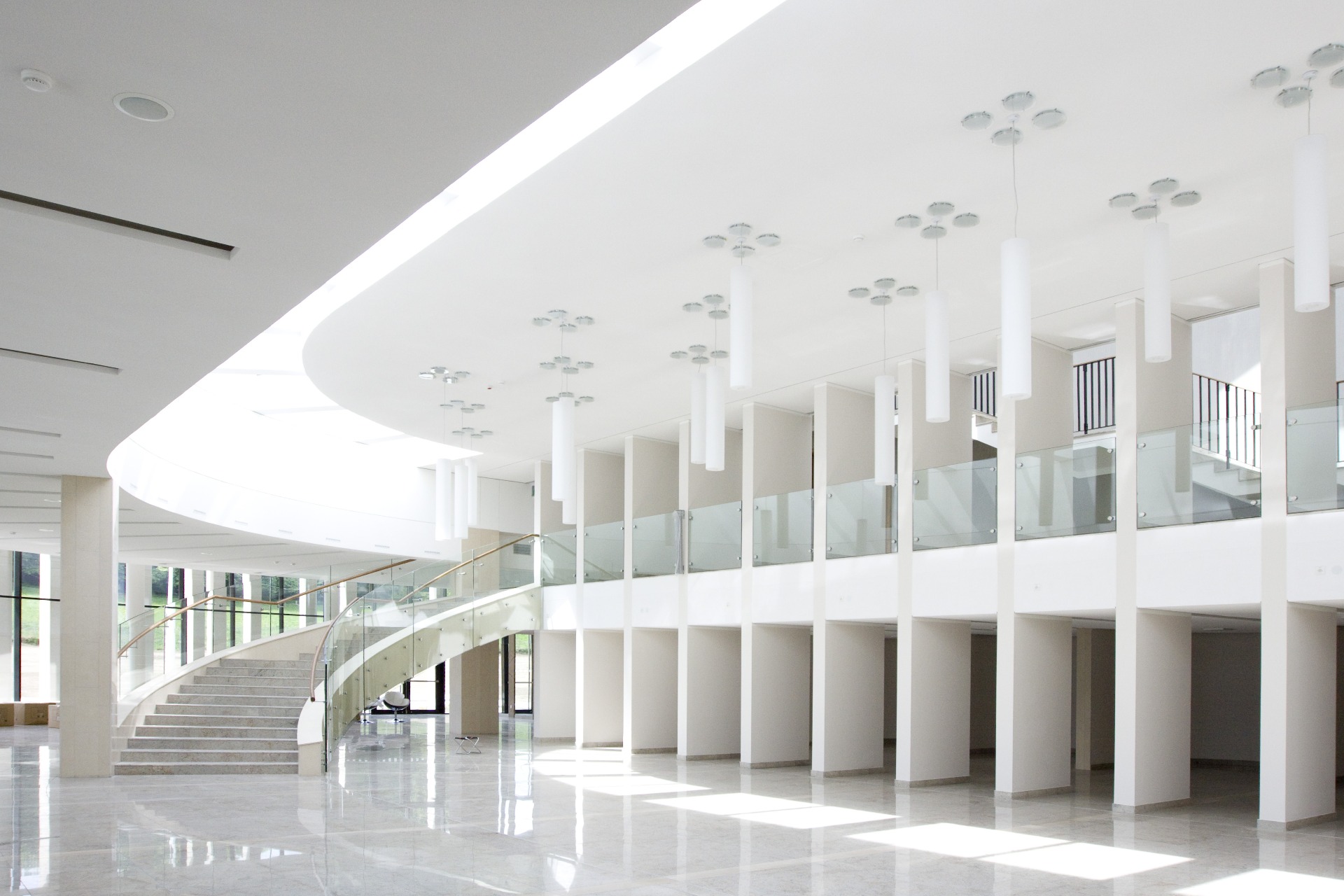CONCRETE AND ENERGY


Concrete, as a building material for the enclosure and interior of the buildings, guarantees a greater stability of the internal temperature thanks to its thermal inertia.
By improving insulation against external conditions, a significant decrease in thermal demand is guaranteed. Under these conditions, heat pumps are presented as an excellent choice for covering the needs of hot water, heating and cooling.
By the year 2021, all new buildings in the European Union must meet the near-zero energy consumption building objectives (nZEB). According to this concept, passive components such as the enclosure will play a very important role in addition to the production of renewable energy by the building.
The company Novalkim Solutions, experts in precast concrete, consider aerothermal energy the ideal technique to offer effective solutions to meet the construction objectives of almost zero energy consumption buildings.
What is aerotermia?
The Aerotermia in heat mode extracts the energy contained in the air to heat the water. Hot water is used to heat spaces or accumulates to meet the demand for Sanitary Water Heat (SWH). When working in cold mode, the system absorbs the energy of the water to lower its temperature.
According to its configuration, these equipments allow to work at maximum efficiency to take advantage of the energy in both foci, either the cold air when SWH occurs, or the hot water when the equipment works in cold mode.
In winter, prefabricated panels act as an element for collecting and accumulating energy. In summer, the aerotermia equipment works with the indoor air, depending on the conditions, and the air at the exit, can be reused for general cooling

Active prefabricated panels are defined as those that fulfill the function of enclosure and that interact with the external environment and the air conditioning system, contributing bene fi ts to the overall energy performance of the building.
They are composed of several layers of different insulating materials or not and allowing the circulation of air inside to act with the air conditioning system
THERMALLY ACTIVE FORGED


The pieces of structural slabs can be configured in different typologies the most common are the alveolar forgings and the forgings in TT, both types allow to use their morphology to generate pipes in which they are used as reservoirs of thermal energy in the way that is considered (cold or hot).
These floors interact with the air conditioning system and can also be combined with active prefabricated panels.
THERMAL INERTIA
Concrete, due to its density and its thermal inertia, acts as a buffer of the daily thermal tips, but in order for this property to be used effectively, it must be activated in the proper direction and even amplified if necessary.
For this the thermal masses can be passive or active. The active thermal masses are obtained by interacting between the air conditioning system and its mass.
The thermal inertia can be ampli fi ed if necessary by the use of phase change materials in the provisions that are considered appropriate (microencapsulated, macroencapsulated, deposits ...).
This application is ideal for its combination with ceiling fan coils or to take advantage of the free cold generated by the aerotermia equipment for SWH in summer.
